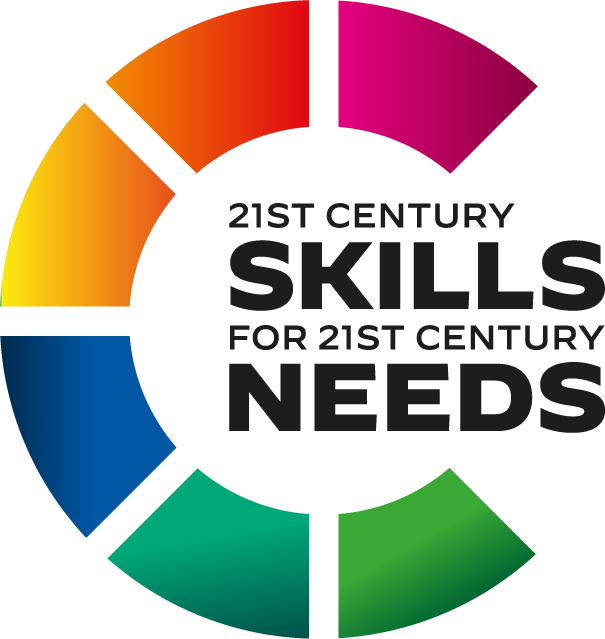Teaching the Conspiracies - Norway
Are you familiar with some conspiracy theories?
Discussion in class with this picture as a starting point:
After this warm-up activity we watched the documentary Beyond the Curve on Netflix about the Flat-Earth Community in the US, followed by a short discussion about the film. The students found this community quite extreme and ridiculous, therefore it worked well as an introduction to the topic.
Lesson 2
Why are conspiracy theories so appealing?
We watched a short video on Youtube, that explains the psychological factors behind conspiratorial thinking, such as making false causalities, recognising false patterns, refusing to change your world view and fear.
Here I pointed out that these factors are human, you are not necessarily stupid if you believe or are fascinated by some conspiracy theories (the students were relieved to hear this).
One student asked me ‘can YOU prove that there was just one man who killed JFK, and not multiple shooters?’ This led to a discussion on the difference between facts and opinions / evidence and proof.
Lesson 3
The class’ math teacher, Thomas, discussed different scientific evidence / arguments to prove that the earth is round, such as how to measure the curvature of the earth and how earth casts its shadow on the moon. They also discussed the counter –«arguments» presented by the Flat-Earthers.
Lesson 4
How can we develop our resilience and be critical to des-information and propaganda?
In the third lesson we talked about how to be critical to what you will stumble across on the Internet. We talked about different Youtube channels. How do we know who is behind? How can I as a teacher judge what videos to show in class? Which sources are credible?
The students were put in pairs and they were to choose one conspiracy theory each. They chose:
The Anti-Campaign against Hillary Clinton
Men in Black
Anti-Vaccine Campaign, that linked vaccines to autism
Bigfoot
Lesson 5
Assessed group discussion based on the following criteria, in groups of three:
Thorough description of one well known conspiracy, be able to discuss what ‘scientific evidence’ is in one conspiracy of your own choice.
Point out multiple psychological factors that explain why conspiracies are appealing.
Personal / reflection text of what can be done to fight against propaganda / conspiracies/ fake news.
Describe and explain why fake news might be a threat to democracy.
Give your personal opinion about conspiracies.
Understand how the internet works and propose ways to resist conspiracies and how to continue working with the topic in class.
Understand how conspiracies might be politically motivated
Investigate sources of information. Which sources are credible?
Conclusion:
All in all, the topic and the teaching activity went down well with the students. Some of them were (still are) inclined to believe in some of these theories. However, some of the boys said that working with the conspiracies had changed their mind slightly and made them more critical.
Next time, I will include a writing activity with the same criteria as mentioned above.
If I am to work with some of the science teachers again, it would be interesting to work with climate sceptics instead of Flat-Earthers.

